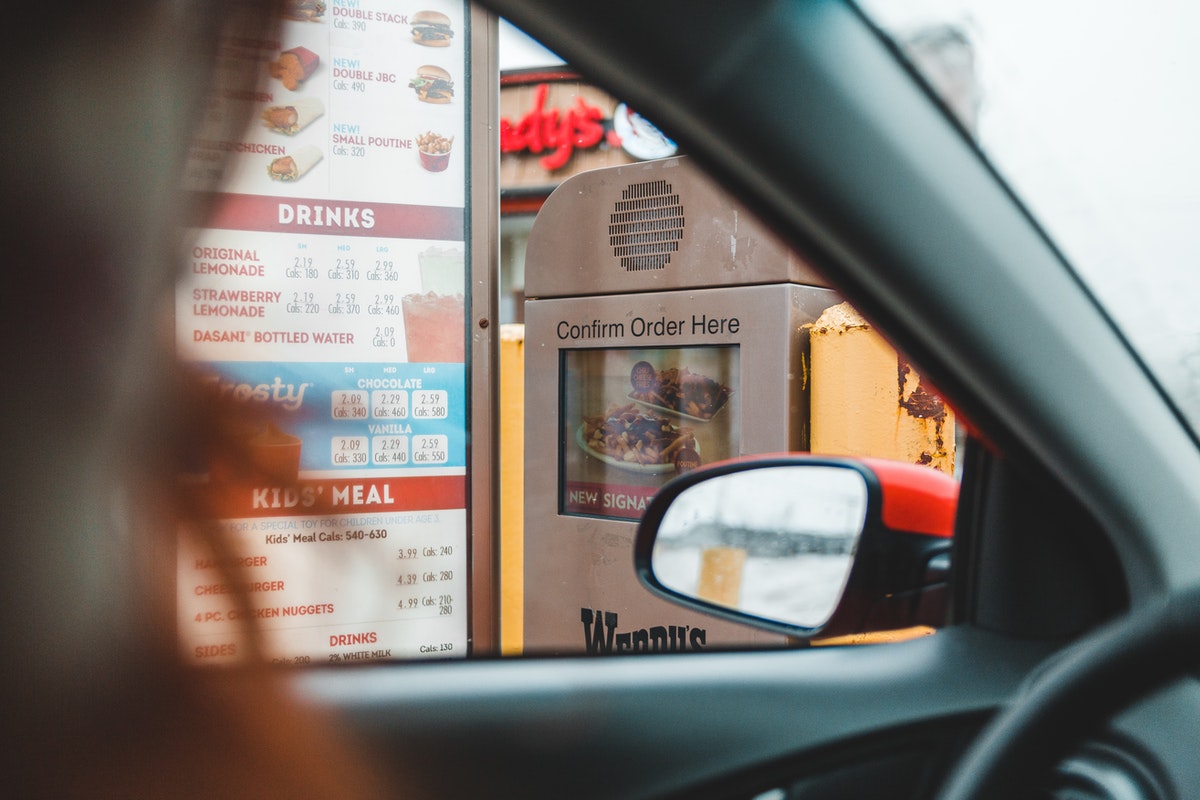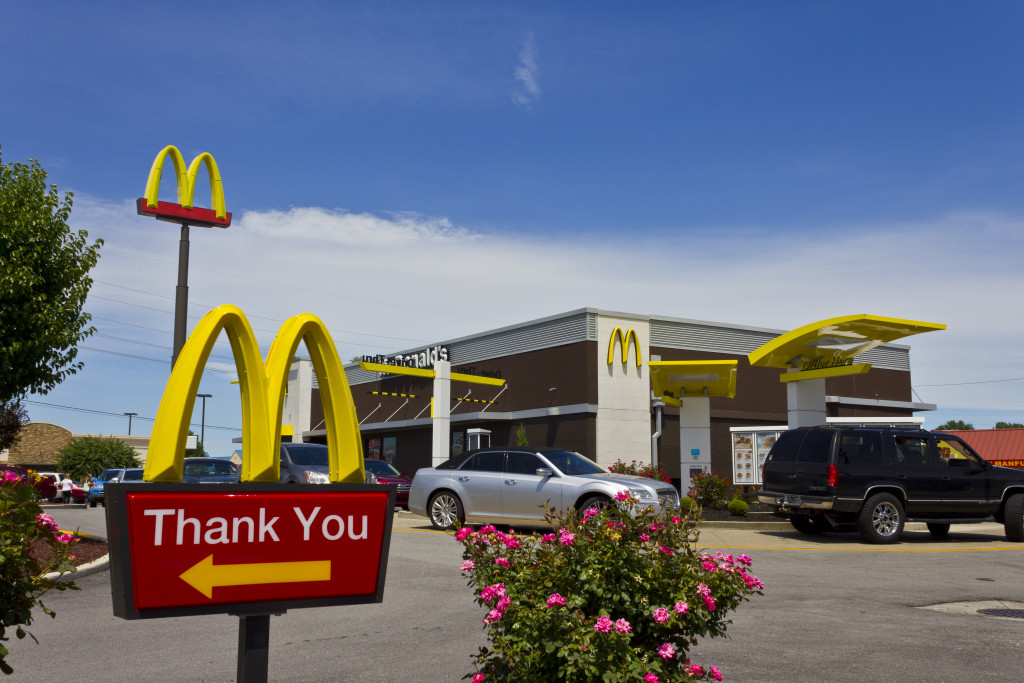Drive-thrus—or what are called quick-service restaurants (QSR) in the industry—have become the lifeline of many fast-food chains since the pandemic. At first, it was a financial reprieve, as opposed to many other industries with revenues paralyzed by the changes brought by the pandemic. Most industries felt the revenue offset but not necessarily the quick-service restaurants with drive-thru options.
Health safety protocols were implemented—full-service restaurants are closed or forced to experiment with takeout, and dine-ins are banned, leading many other businesses to explore options for takeout, which only a handful embrace or don’t really consider to be on par with full-service.
But not so soon, revenue growth for takeouts became apparent. Takeouts, specifically the drive-thru option, became a promising solution for most QSR businesses, even for every emerging franchise opportunity restaurant.
With so many changes going on, people have now become accustomed to adapting. There’s no other way to cope. Safety is crucial, and people are becoming sharply aware and cautious against germs, thus the current preference for takeouts.
And it’s not just here as a fad. Takeouts, especially drive-thrus, are now considered to be the future of restaurants. Whereas before, it was mainly for burgers and fries order, restaurants are currently serving more complicated menus and on a larger scale, as in the case of family bundles, for hurrying Americans.
Businesses Getting the Upper Hand During the Pandemic
It’s well-known that tycoon QSRs such as Starbucks, Burger King, and McDonald’s have always been into takeout, more so during the pandemic. These businesses have decided to maximize their drive-thru capabilities, even enhancing their drive-thru lanes to respond to the customers’ increasing demand for everything instant, most preferably with minimum human contact.
Sales have more than doubled. Take, for example, McDonald’s that has drive-thru windows for 95% of its locations. Pre-pandemic, drive-thru sales contribute to two-third of sales overall. But during the pandemic, sales from drive-thrus alone amounted to 90%, although it had to trim its menu to serve more quickly through their drive-thru windows.
Another big chain that benefited the most is Starbucks. Although the company closed more than half of its locations in the US, the drive-thru sector has been the greatest source of revenue even when the cafes are closed.
The big chain’s CEO, Kevin Johnson, stated that with all the drive-thrus they opened, they were getting 75% off of prior revenue from each of the stores. This they reached even when the same cafes are closed. In 2021, Starbucks then claimed it had totally recovered financially, all thanks to drive-thrus.
Quick-service restaurants that had been investing in their drive-thru lanes immediately got the upper hand during the pandemic. All they got to do now to increase their revenues continually is to build on locations that cater only to drive-thrus.
And it’s not just the big chain benefiting but also even the startups or smaller businesses as long as they provide takeout options. Companies that realize this isn’t just a trend will survive, even win more, throughout and after the pandemic.
The Preference for Contactless Services
Americans are evermore raising their expectations on customer service, convenience being the main reason they become repeat customers to certain restaurants or brands.
Nothing can beat the convenience of being able to remain in the driver’s seat with hungry kids at the back, getting food for the family right after a long day of work. This they do by just ordering online, picking their order up from the drive-thru window, then paying.
Before, there’s always the stigma for drive-thru boxes—workers are prone to errors from not being able to hear their customers’ orders outside the box. But this is no longer the case nowadays with the help of technology. Orders are now made online, microphones are used t hear on-the-spot orders, and many businesses are digging into automation to improve the efficiency and accuracy of taking orders.
What Happened to Businesses That Didn’t Take the Turn?
Unfortunately, not all businesses switched gears. Businesses that did, turning to drive-thrus, may experience financial redemption. Some did not. Delivery may offer advantages, but it may not be as much when compared to drive-thrus.
Big chains like TGI Fridays and Ruby Tuesday, with their large dining rooms yet without drive-thru options, were really struggling and so had to close their locations when many of their customers turned to other chains that cater to their instant demands.
Drive-thrus Will Remain Big Post-pandemic

In the following years, with or without the pandemic, drive-thrus will become huge because it’s now how people feel the safest and quickly served. Businesses will have to be creative and switch gears.

